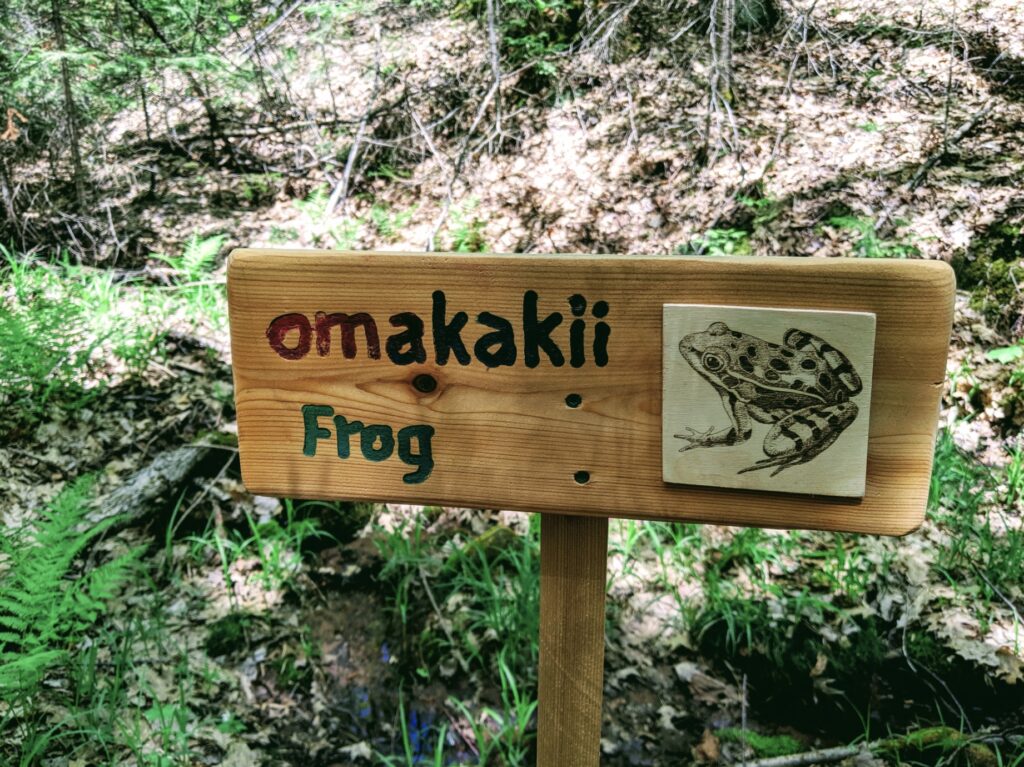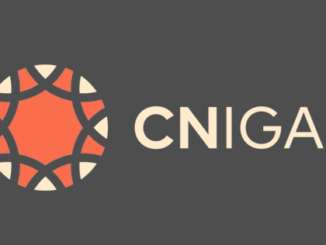 The American Indian Alaska Native Tourism Association’s Cultural Heritage Planner
The American Indian Alaska Native Tourism Association’s Cultural Heritage Planner
To learn more about AIANTA, visit https://www.aianta.org/
Native languages in the United States have been on the decline since the advent of European colonization. According to World Atlas, the United States was once home to some 300 Indigenous languages. Of those, 133 have already been declared extinct. By 2050, it is estimated that only 20 indigenous languages will remain in the U.S.
“The beauty of a Native language is something that has been passed down from generation to generation, but the federal government has fallen short on resources to teach these languages. I learned some Keres from my grandparents and my mom, who still speaks our language fluently, but we’re at risk of losing the language and the traditional knowledge that comes with it.” – Deb Haaland (Pueblo of Laguna), Then-New Mexico Congresswoman, Interview with Language Magazine.
Spotlights on Language Preservation
So critical is the issue of language preservation, it has become a key talking point among global Organizations – from the National Endowment of the Arts to the United Nations – with myriad funding programs cropping up that encourage the teaching, sharing and perpetuation of Native languages.
In April 2021, CNN spotlighted the issue in an interactive video entitled, “Losing languages, losing worlds,” which interviewed Justin Neeley, director of language at the Citizen Potawatomi National Cultural Center.
Tourism programming, when built correctly and sustainably, can be a contributor to language preservation, especially as travelers increasingly look to expand their language skills. According to an article in Travel+Leisure, the Duolingo language app reported some 30 million people attempted to learn a new language during the COVID-19 pandemic.
Duolingo has some experience in indigenous languages, after releasing language programs for ‘ōlelo Hawai’i (Native Hawaiian) and Diné bizaad (Navajo) languages in 2018. While both courses have been criticized for being “incomplete,” Duolingo reported huge increases in downloads for both in 2020. In fact, the ‘ōlelo Hawai‘i course was the second-most downloaded course (following Spanish) for residents of the state of Hawai’i.
A Celebration of Native Languages
As travelers look to expand their language skills, tribes can capitalize on this interest by creating new and innovative multilingual programming, which can lead to new economic opportunities for language masters and culture bearers.
The use of Native languages can manifest itself in small ways, including a simple welcome or thank you in Native languages.
Tribal communities are producing larger quantities of bilingual (or even multilingual) printed interpretive materials for residents and visitors alike. Multilingual signs along roadways, park trails and other public areas; translated signage and brochures at museums and cultural centers; and even interpretive storytelling, campfire programs, poetry readings and other verbal programming are becoming ever more visible in Native communities.
Examples of Successful Multilingual Programming:
- “Inage’i” (In The Woods), an animated series produced by the Cherokee Nation.
- Multilingual park signage at the Frog Bay Tribal National Park (Red Cliff Band of Lake Superior Chippewa) showcases local fauna and flora.
- Owamni by the Sioux Chef–the newest eatery by Sean Sherman and Dana Thompson—features menus and web pages written entirely in the Dakota language.
- The Hawai’i Tourism Authority’s 2020-2025 Strategic Plan, which was published in ōlelo, Hawai’i, the Hawaiian language.



